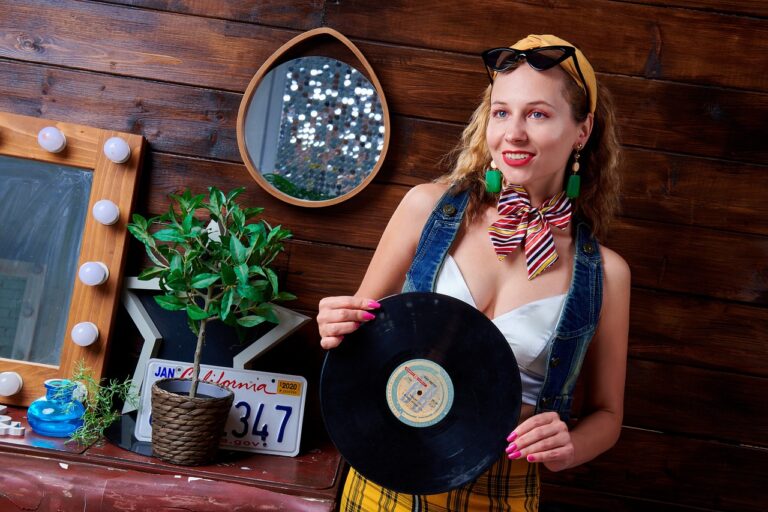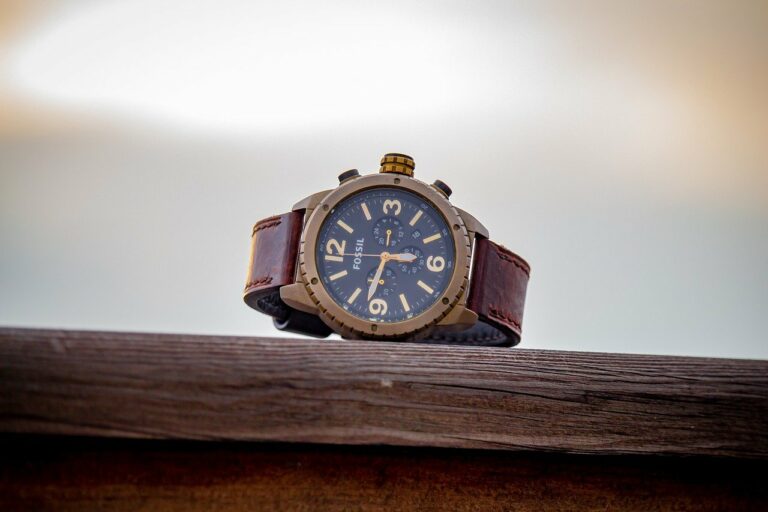The Art of Sustainable Upcycling in Fashion
Upcycling in fashion offers a myriad of benefits, both for individuals and the environment. One of the key advantages is the reduction of waste produced by the fashion industry. By repurposing and transforming existing materials into new garments, upcycling helps divert textiles from landfills, contributing to a more sustainable and eco-friendly approach to clothing production.
Furthermore, upcycled fashion allows for unique and one-of-a-kind pieces that stand out from mass-produced items. Each upcycled garment tells a story through its design, providing a sense of individuality and creativity that cannot be found in mainstream fashion. Embracing upcycled clothing also promotes a more conscious consumer mindset, encouraging appreciation for craftsmanship and the value of reimagining existing resources.
How to Identify Quality Upcycled Fashion Pieces
Quality upcycled fashion pieces can often be distinguished by their attention to detail and craftsmanship. Look for well-executed stitching, finished seams, and high-quality materials that have been thoughtfully repurposed. These pieces typically exhibit a level of creativity and uniqueness that sets them apart from mass-produced items.
In addition to the construction of the garment, pay attention to the overall design aesthetic. Quality upcycled fashion pieces often have a cohesive look that reflects a thoughtful and intentional approach to the materials used. Look for pieces that incorporate a mix of textures, colors, and patterns in a harmonious way, creating a visually appealing and sustainable fashion statement.
Techniques for Upcycling Clothing at Home
When upcycling clothing at home, one popular technique is adding embellishments such as patches, beads, or embroidery to breathe new life into an old piece. This can easily be done by hand-sewing or using fabric glue to attach these decorative elements to the garment.
Another technique for upcycling clothing is to experiment with tie-dye or fabric dye to create unique patterns and colors on old garments. This can help cover up stains or fading on fabric while also giving the clothing a trendy and customized look. Just be sure to follow the dye instructions carefully to achieve the desired results.
Adding embellishments such as patches, beads, or embroidery
Experimenting with tie-dye or fabric dye to create unique patterns and colors
Hand-sewing or using fabric glue to attach decorative elements
Following dye instructions carefully for desired results
By incorporating these techniques into your upcycling projects, you can transform old clothing items into stylish and personalized pieces that reflect your own unique taste and creativity. Upcycling not only helps reduce waste but also allows you to express yourself through fashion in a sustainable way. So grab those old clothes from the back of your closet and start getting creative with some fun upcycling projects today!
What are the benefits of upcycling in fashion?
Upcycling in fashion helps reduce waste and environmental impact by giving new life to old clothing. It also allows for creativity and personalization in your wardrobe.
How can I identify quality upcycled fashion pieces?
Look for well-constructed seams, durable fabric, and unique design elements that show the care and craftsmanship put into the upcycled piece.
What are some techniques for upcycling clothing at home?
Some techniques for upcycling clothing at home include repurposing old garments into new styles, adding embellishments like patches or embroidery, and dyeing or bleaching fabrics for a fresh look.







